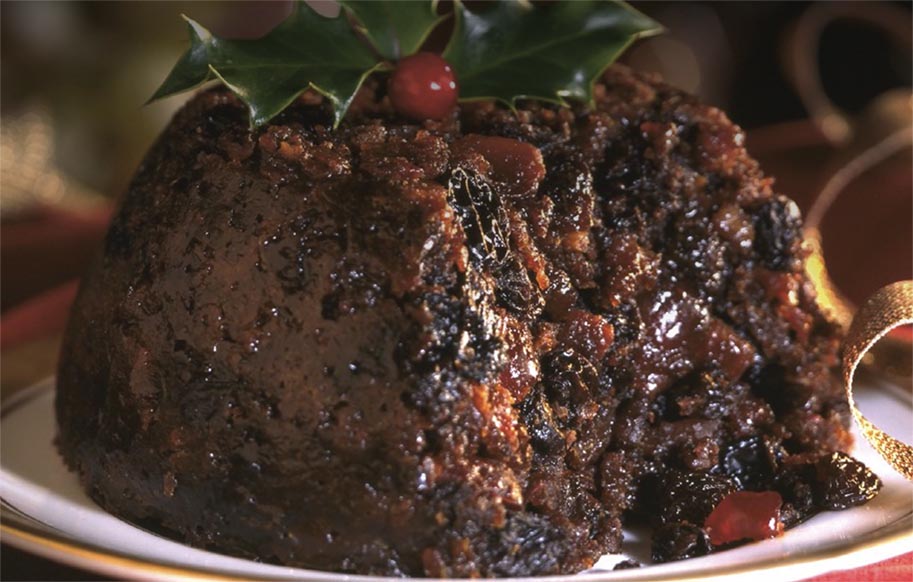Like Christmas, the traditional Christmas pudding has changed somewhat over the years.
So with the festive season drawing ever closer, we thought it was time to discover the origins of that once-a-year treat, that can be served with a variety of toppings from brandy to custard.
But that has not always been the case. Christmas puddings originated as a 14th century porridge called ‘frumenty’ that was made of beef and mutton with raisins, currants, prunes, wines and spices. This would often be more like soup and was eaten as a fasting meal in preparation for the Christmas festivities.
By 1595, it was slowly changing into a plum pudding, having been thickened with eggs, breadcrumbs, dried fruit and given more flavour with the addition of beer and spirits. It became the customary Christmas dessert around 1650, but in 1664 the Puritans banned it as a bad custom. But by Victorian times, Christmas puddings had changed into something similar to the ones that are eaten today.
Over the years, many superstitions have surrounded Christmas puddings. One superstition says that the pudding should be made with 13 ingredients to represent Jesus and His Disciples and that every member of the family should take turns to stir the pudding with a wooden spoon from east to west, in honour of the Wise Men.
The decorative sprig of holly on the top of the pudding is a reminder of Jesus’ Crown of Thorns that he wore when he died on the cross. Brandy or another alcoholic drink is sometimes poured over the pudding and lit at the table to make a spectacular display. This is said to represent Jesus’ love and power.
Putting a silver coin in the pudding is another age-old custom that is said to bring luck to the person that finds it. In the UK the coin traditionally used was a silver ‘six pence’. The closest coin to that now is a five pence piece!
Originally a dried pea or bean was baked in it and whoever got it, was ‘king or queen’ for the night. There are records of this practice going back to the court of Edward II in the early 1300s.
The bean was also sometimes a silver ring or a small crown. The first coins used were a silver farthing or penny. After the First World War it became a threepenny bit and then a sixpence.
Other items placed in the Christmas Pudding were also meant to have special meanings:
- Bachelor’s Button: If a single man found it, they would be a bachelor for the following year.
- Spinster’s/Old Maid’s Thimble: If a single woman found it, they would be a spinster for the following year.
- A Ring: If a single person found this, it meant you would get married the following year. It also meant you would be rich for the following year.



